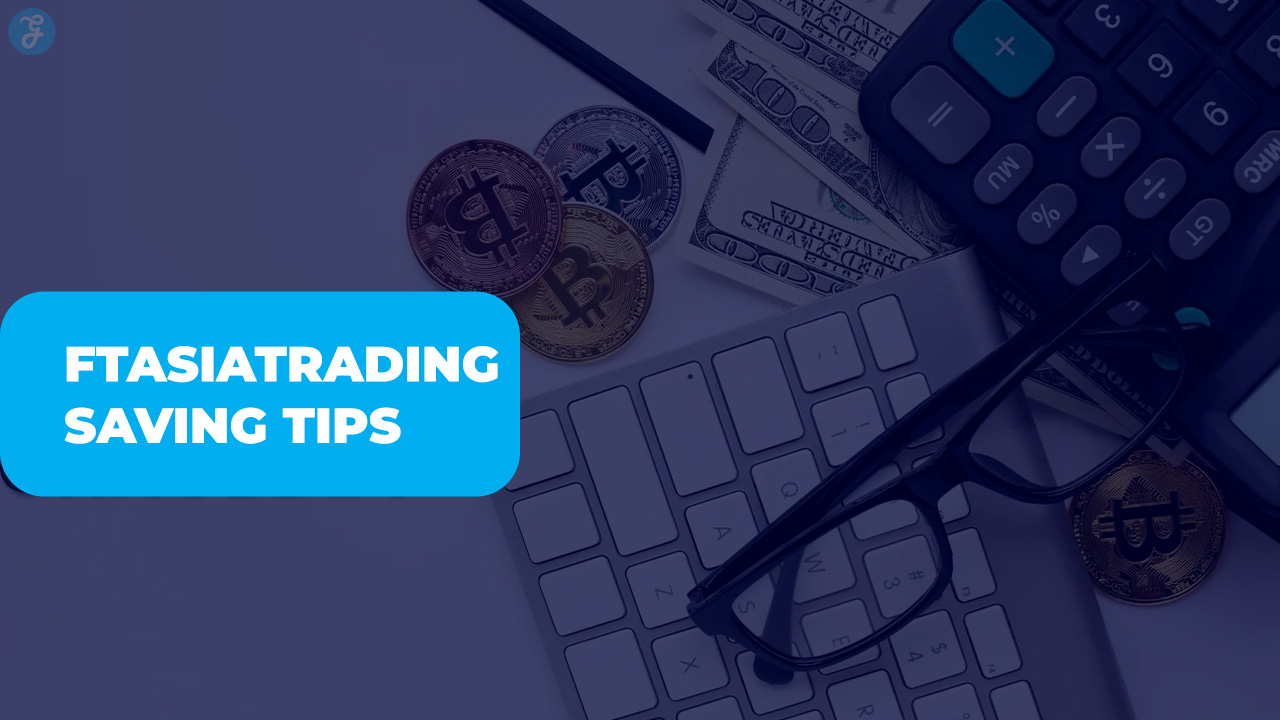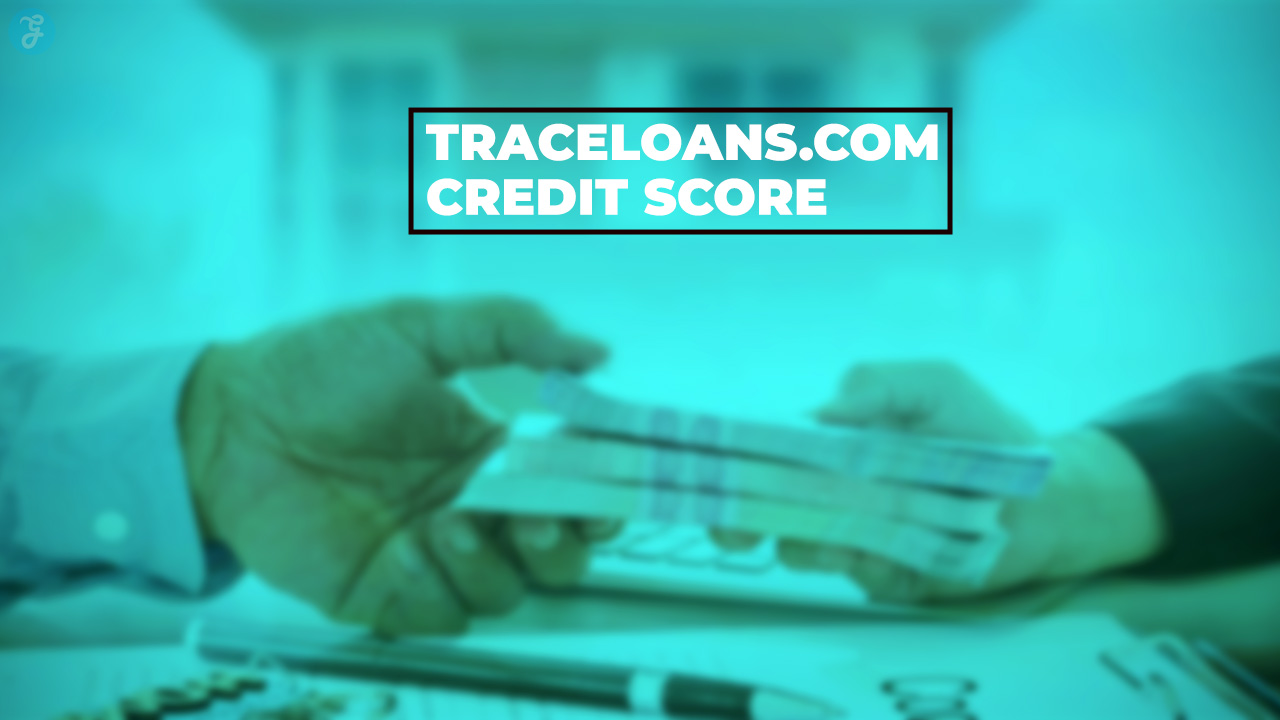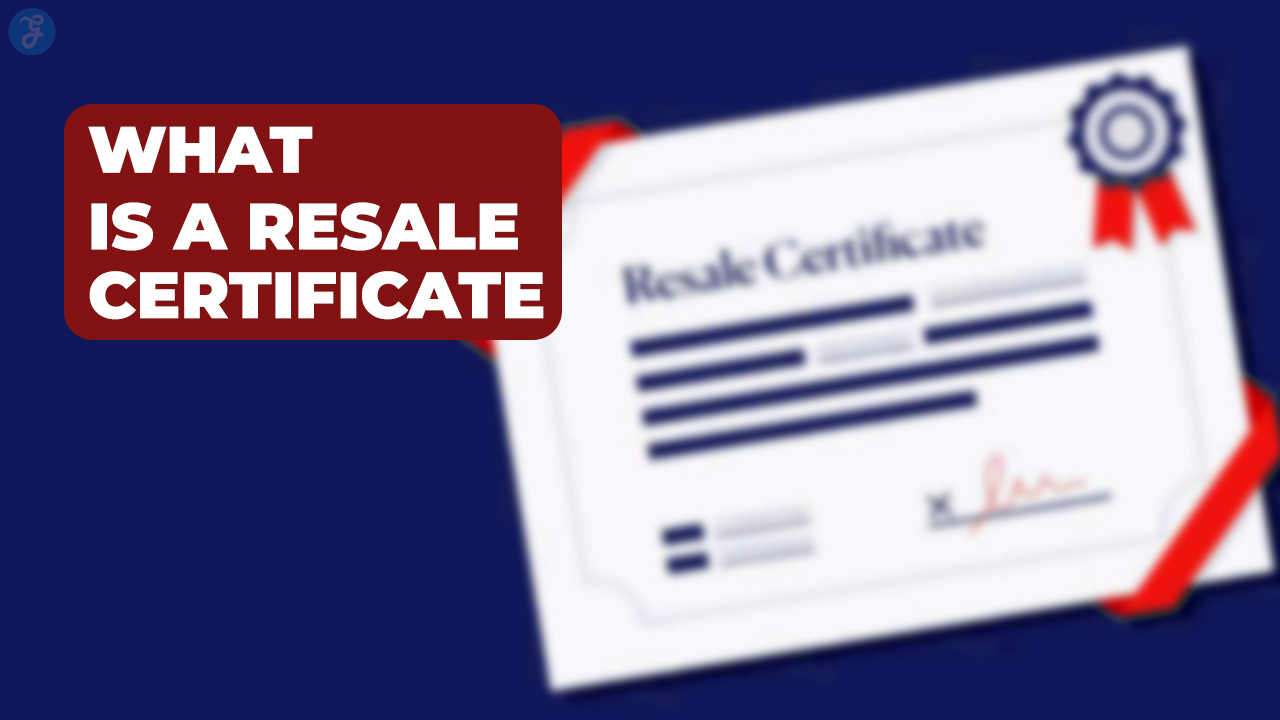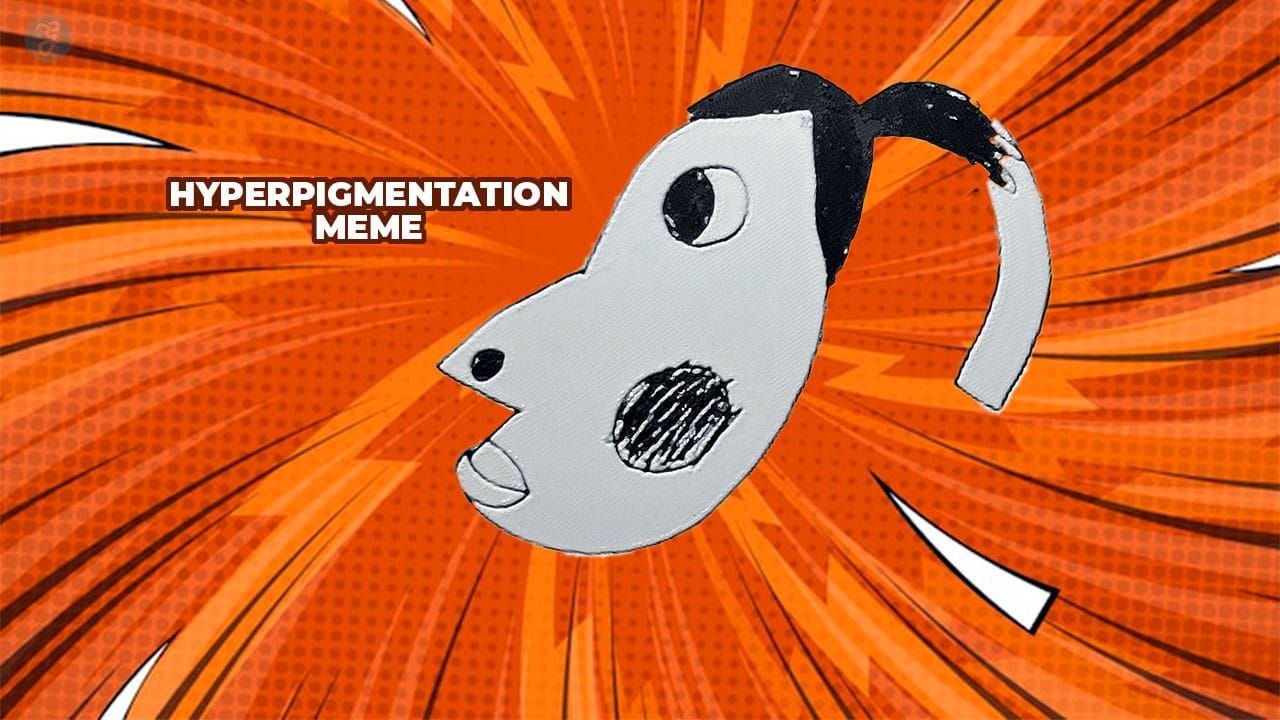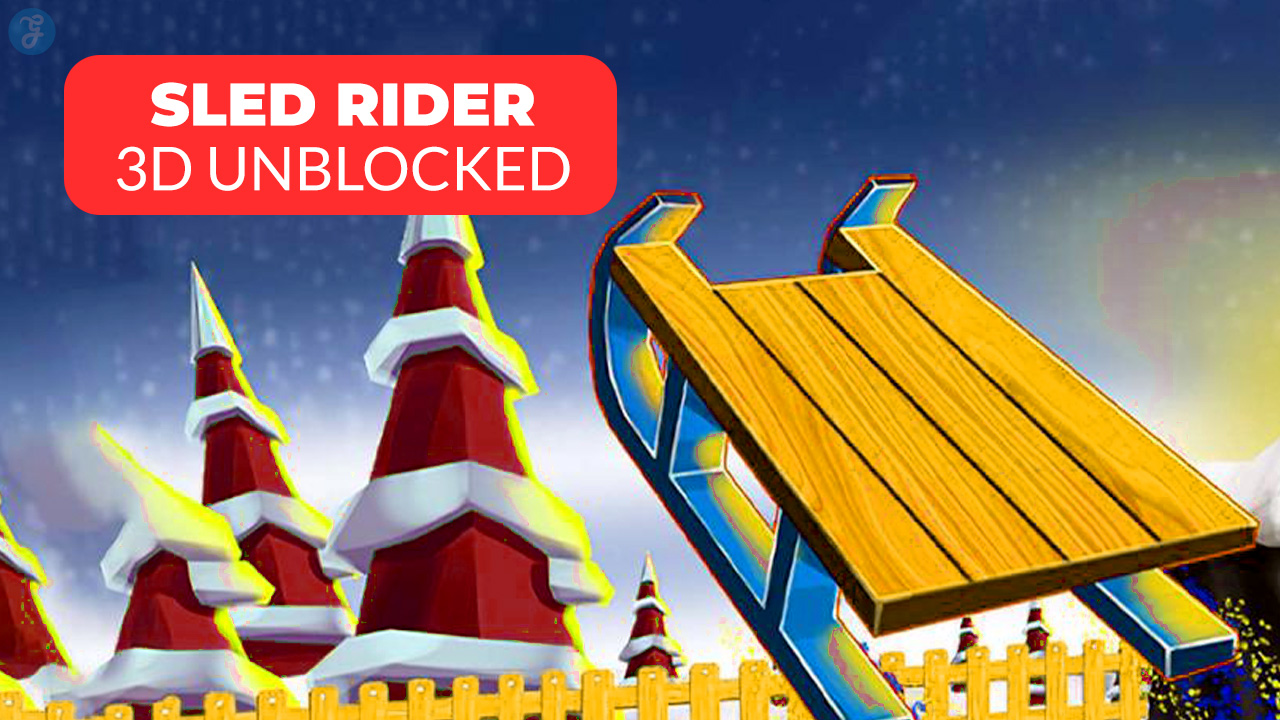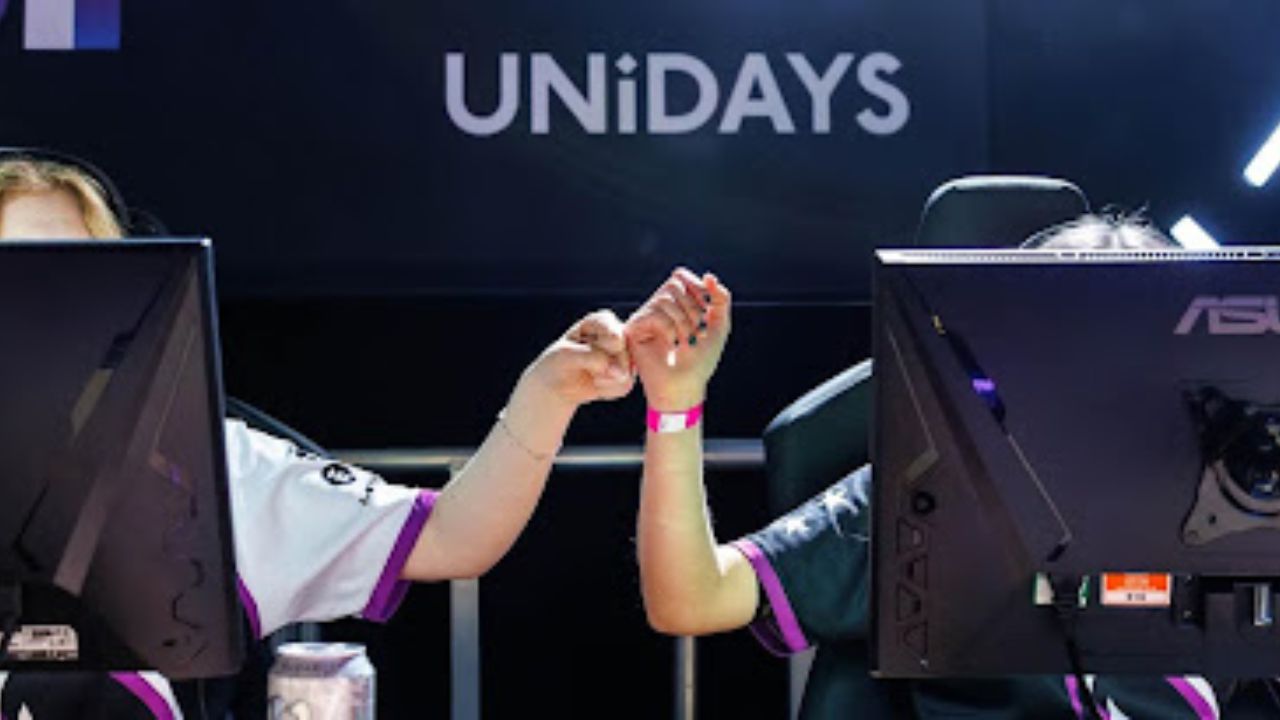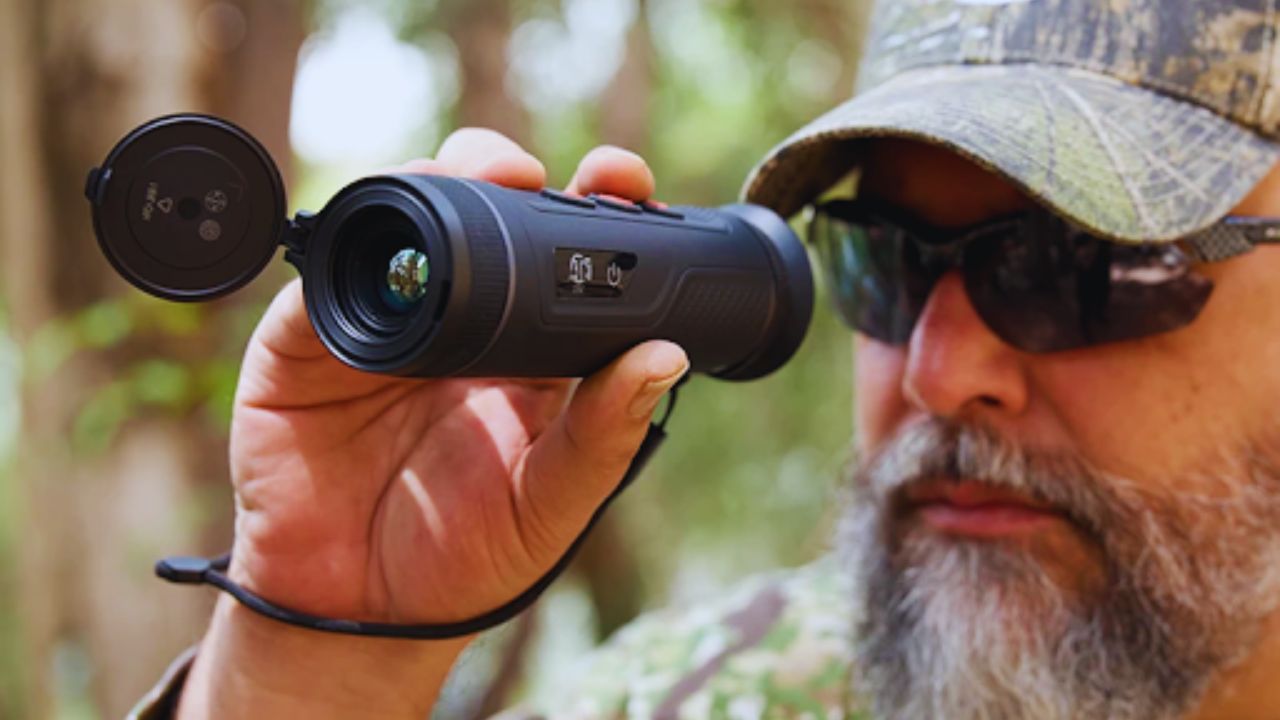Print-on-demand (POD) services have revolutionized the way businesses and individuals create and sell customized products. From t-shirts and mugs to books and posters, POD offers a hassle-free way to start a business without upfront investment in inventory.
In the USA, print-on-demand services are growing in popularity, especially among entrepreneurs who value low-risk, scalable business models.
However, with so many options available, many first-time users have questions about how these services work, their benefits, costs, and limitations.
In this article, we will answer the 10 most frequently asked questions (FAQs) about print-on-demand services in the USA.
Whether you’re an aspiring entrepreneur or simply curious about POD, this guide will provide you with comprehensive insights to help you make informed decisions.
1. What Is Print-on-Demand (POD) and How Does It Work?
Print-on-demand (POD) is a revolutionary business model that enables individuals and businesses to create and sell customized products without the hassle of managing inventory or upfront production costs.
It works by producing items only when a customer places an order, ensuring zero waste and eliminating the risks associated with unsold stock. POD services cater to various products, including apparel, home décor, books, and accessories, making it a versatile option for entrepreneurs.
The process involves partnering with a POD provider, uploading your designs to their platform, and listing the products on your online store or marketplace. Once an order is placed, the POD provider takes care of production, packaging, and shipping, allowing you to focus on marketing and customer engagement.
This low-risk, high-scalability model has made POD popular among artists, influencers, and small business owners looking to monetize their creativity without heavy investment.
Key Points
- Products are created only when an order is received.
- Popular products include clothing, accessories, home décor, and books.
- POD services handle production, packaging, and shipping.
| Pros | Cons |
| No inventory required | Limited customization options |
| Low startup costs | Higher product costs per unit |
| Scalable business model | Dependency on third-party vendors |
How It Works
- Create a design for your product.
- Choose a POD platform (e.g., Printful, Printify).
- Upload your design to the platform and select product options.
- List the product on your website or marketplace.
- The POD provider fulfills and ships orders directly to customers.
2. What Products Can I Sell Through POD Services?
Print-on-demand services offer an extensive range of customizable products, allowing businesses to cater to diverse customer preferences.
The most popular categories include apparel like t-shirts, hoodies, and hats; accessories such as tote bags and phone cases; home décor items like mugs, pillows, and canvas prints; and even books for self-publishing authors.
These options give entrepreneurs the flexibility to explore different niches, from fashion and lifestyle to gifts and home goods. The variety of products ensures you can create a unique brand identity while targeting specific market segments.
Many POD platforms also offer seasonal or trending items, helping you stay relevant and competitive. With endless customization possibilities, POD is an excellent choice for turning creative ideas into tangible products that resonate with your audience.
Common Products
- Apparel: T-shirts, hoodies, leggings, and hats.
- Accessories: Tote bags, phone cases, and jewelry.
- Home Décor: Posters, canvas prints, mugs, and pillows.
- Books: Self-published novels, journals, and workbooks.
| Category | Examples | Customization Options |
| Clothing | T-shirts, hoodies, tank tops | Colors, designs, logos |
| Accessories | Phone cases, tote bags, hats | Text, graphics, patterns |
| Home Décor | Pillows, mugs, canvas art | Quotes, images, colors |
| Publishing | Novels, journals, workbooks | Page layout, cover design |
Niche Ideas
If you’re looking to stand out, consider selling niche products like eco-friendly tote bags, personalized stationery, or themed apparel for specific audiences (e.g., pet lovers or sports fans).
3. How Much Does It Cost to Start a POD Business?
Starting a print-on-demand business is incredibly cost-effective, making it an ideal choice for entrepreneurs with limited budgets. Unlike traditional retail models, there’s no need to invest in inventory or production equipment, significantly reducing financial risk.
However, there are some costs to consider. These include design creation tools (like Canva or Adobe Illustrator), platform subscription fees for e-commerce sites like Shopify, and marketing expenses for promoting your products.
Additionally, you may want to order samples to ensure product quality, which is a worthwhile investment. Overall, the low startup costs combined with the potential for high scalability make POD an accessible and attractive business model for both beginners and seasoned entrepreneurs.
Typical Costs
- Design Software: Tools like Canva (free or $12.95/month for premium) or Adobe Illustrator ($20.99/month).
- POD Platform Fees: Many platforms are free, but some charge monthly fees (e.g., Shopify, $29/month).
- Marketing: Paid ads or social media promotions (varies based on budget).
| Expense Type | Approximate Cost |
| Design Software | Free to $20/month |
| POD Platform Fee | Free to $30/month |
| Marketing Budget | $50–$500/month (varies) |
4. Which Are the Best POD Platforms in the USA?
The USA is home to some of the most reliable and versatile print-on-demand platforms, each catering to different business needs. Platforms like Printful, Printify, Teespring, and Redbubble are among the top choices, offering unique features such as a wide product catalog, competitive pricing, and seamless integration with e-commerce sites.
For example, Printful is ideal for beginners due to its user-friendly interface and high-quality prints, while Printify stands out for its affordability and multiple supplier options.
When choosing a platform, it’s essential to consider factors like product variety, shipping times, and customer support. Testing several platforms before committing to one can help you determine which best suits your business goals.
| Platform | Key Features | Best For |
| Printful | Wide product range, high-quality prints | Beginners and e-commerce stores |
| Printify | Competitive pricing, multiple suppliers | Cost-conscious entrepreneurs |
| Teespring | Built-in marketplace | Social media influencers |
How to Choose
- Evaluate shipping times and costs.
- Check product quality through samples.
- Look for integration with e-commerce platforms like Shopify or Etsy.
5. How Do POD Services Handle Shipping?
Shipping is a critical aspect of print-on-demand services, as it directly influences customer satisfaction and repeat business. Most POD platforms manage the entire shipping process, including packaging and delivery, so you don’t have to worry about logistics.
Shipping times and costs vary depending on the provider, the customer’s location, and the product type. For example, domestic shipping within the USA typically takes 3–10 business days, while international shipping can take longer.
Many platforms also offer tracking options, allowing customers to monitor their orders in real time. It’s important to communicate estimated shipping times clearly to your customers to set expectations and avoid negative feedback.
Shipping Considerations
- Delivery Times: Average shipping times in the USA range from 5–7 business days.
- Costs: Many platforms offer flat-rate or weight-based shipping.
- Packaging: Most providers use generic packaging to keep costs low.
| Provider | Shipping Time (USA) | Shipping Cost |
| Printful | 3–8 business days | Starts at $3.99 |
| Printify | 5–10 business days | Varies by supplier |
6. Can I Integrate POD Services With E-Commerce Platforms?
One of the greatest advantages of using print-on-demand services is their seamless integration with popular e-commerce platforms like Shopify, Etsy, WooCommerce, and Amazon.
These integrations automate crucial processes such as order placement, inventory updates, and shipping notifications, saving you time and effort. For example, when a customer places an order on your Shopify store, the details are automatically sent to your POD provider for fulfillment.
This eliminates manual work and reduces the chances of errors. Choosing a POD platform that integrates smoothly with your preferred e-commerce platform ensures a streamlined workflow and allows you to focus on growing your business rather than managing backend operations.
Compatible Platforms
- Shopify
- Etsy
- WooCommerce
- Amazon
| POD Platform | Integration Options |
| Printful | Shopify, Etsy, WooCommerce |
| Printify | Shopify, BigCommerce, Wix |
7. What Are the Pros and Cons of Using POD Services?
Print-on-demand services offer numerous benefits, making them a popular choice for entrepreneurs, but they also come with some limitations. On the positive side, POD eliminates the need for inventory, significantly reducing startup costs and financial risk.
It also allows you to offer a wide range of customizable products without the hassle of managing production or logistics. However, the model has its challenges, such as higher per-unit costs compared to bulk manufacturing and limited control over production quality.
Understanding the pros and cons of POD will help you decide if it’s the right business model for your goals.
| Pros | Cons |
| No inventory or storage costs | Higher per-unit costs |
| Wide range of customizable products | Limited control over production quality |
8. How Do POD Services Handle Returns and Refunds?
Returns and refunds in the print-on-demand business can be tricky, as products are customized and made-to-order. Most POD platforms have strict policies regarding returns, often only accepting them for defective or misprinted items.
This means customers cannot usually return products for reasons like incorrect sizes or change of mind. As a seller, it’s crucial to set clear return and refund policies on your website to avoid misunderstandings.
Working closely with your POD provider to resolve issues quickly can help maintain customer satisfaction and trust. Having a transparent policy in place will also enhance your brand’s professionalism and reliability.
Return and Refund Policies
- Defective Products: Refunds or replacements are usually offered for items with defects, such as misprints or damaged goods.
- Size or Preference Issues: Many POD providers do not accept returns for issues like incorrect sizes or customer preferences since the items are customized.
- Timeframe: Customers are generally required to report issues within a specific time frame, such as 7–14 days after delivery.
| Provider | Return Policy Highlights |
| Printful | Refunds for defective or misprinted items |
| Printify | Replacement for printing errors or damage |
How to Handle Returns
- Communicate your return policy clearly on your website or product pages.
- Offer customers assistance in measuring sizes or selecting designs to reduce the risk of returns.
- Work with your POD provider to ensure quick resolutions for defective products.
9. How Much Profit Can I Make With POD Services?
The profitability of a print-on-demand business depends on factors like pricing strategy, product costs, and sales volume. While POD has higher production costs per unit than traditional manufacturing, the lack of inventory and upfront expenses balances this out.
To maximize profits, you can focus on premium products, target niche audiences, and implement effective marketing strategies.
Calculating your profit margins carefully and experimenting with different pricing models will help you find the right balance between affordability for customers and profitability for your business.
Profit Calculation
- Product Cost: The cost charged by the POD provider, including printing and shipping.
- Selling Price: The price you charge customers, which should include a markup.
- Profit Margin: Selling price minus product cost.
| Example Calculation | Amount |
| Product Cost | $12 |
| Selling Price | $25 |
| Profit Margin | $13 per unit |
Tips to Maximize Profit
- Optimize Pricing: Research market trends to set competitive yet profitable prices.
- Focus on Marketing: Invest in targeted ads and social media campaigns to increase sales volume.
- Diversify Products: Offer a mix of high-margin and low-cost products to cater to different customer segments.
10. Are POD Services Sustainable?
Sustainability is becoming an essential factor in consumer choices, and print-on-demand services align well with this trend. Unlike traditional manufacturing, POD eliminates overproduction and reduces waste by only producing items when orders are placed.
Many POD platforms are also adopting eco-friendly practices, such as offering products made from organic materials, using water-based inks, and minimizing plastic in packaging.
By highlighting these sustainable features in your marketing efforts, you can attract environmentally conscious customers and differentiate your brand in a competitive market.
Eco-Friendly Practices in POD
- On-Demand Production: Reduces overproduction and waste.
- Eco-Friendly Materials: Some providers offer products made from organic cotton or recycled materials.
- Sustainable Shipping: Many platforms are adopting carbon-neutral shipping methods.
| Sustainable Practices | Examples |
| Organic Materials | Organic cotton t-shirts and tote bags |
| Water-Based Inks | Environmentally friendly printing processes |
| Minimal Packaging | Reduced use of plastics in packaging |
How to Promote Sustainability
- Highlight eco-friendly product options in your store.
- Partner with POD providers that prioritize sustainability.
- Educate your customers about the environmental benefits of POD.
How to Get Started With POD Services
Step-by-Step Guide
- Choose Your Niche: Identify your target audience and the types of products they are likely to purchase.
- Create Designs: Use design software like Canva or hire a freelance designer to create eye-catching product designs.
- Select a POD Provider: Compare platforms like Printful, Printify, and Teespring to find the best fit for your business.
- Integrate With E-Commerce Platforms: Set up your online store on platforms like Shopify, Etsy, or WooCommerce.
- Launch and Market Your Store: Use social media, email marketing, and paid ads to attract customers.
- Optimize Your Operations: Analyze sales data to identify popular products and improve your offerings.
Takeaway
Print-on-demand services offer a cost-effective and scalable way to start a business in the USA. Whether you’re selling custom t-shirts, mugs, or books, POD enables you to focus on creativity and marketing while leaving production and logistics to your provider.
By understanding the common FAQs about POD, such as product options, pricing, shipping, and sustainability, you can make informed decisions and build a successful business.
As the POD industry continues to grow, staying updated with the latest trends and best practices will give you a competitive edge. Start your journey today and turn your creative ideas into profitable products with the help of print-on-demand services.
Let me know if you’d like additional sections, more detailed tables, or further insights!




